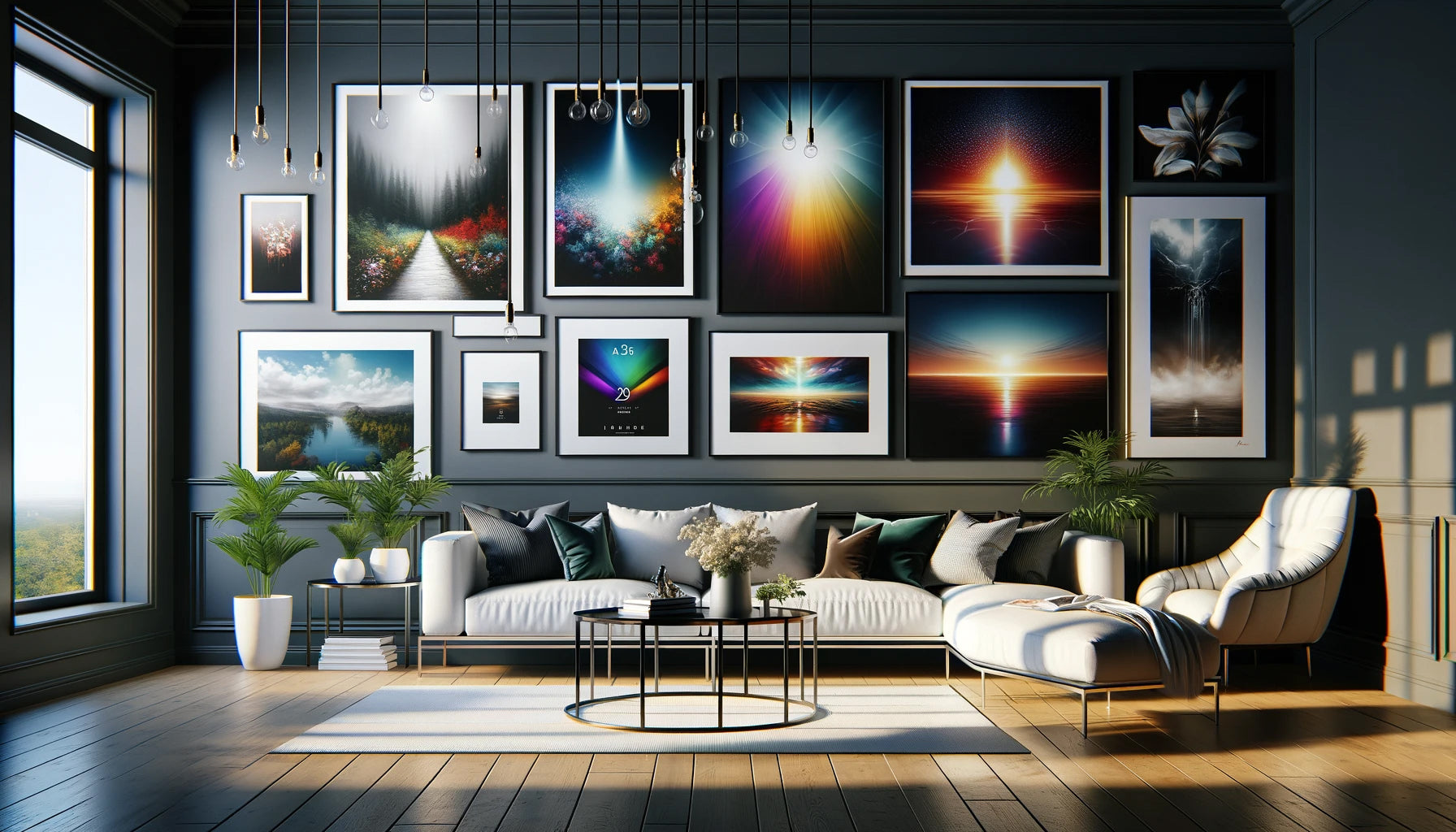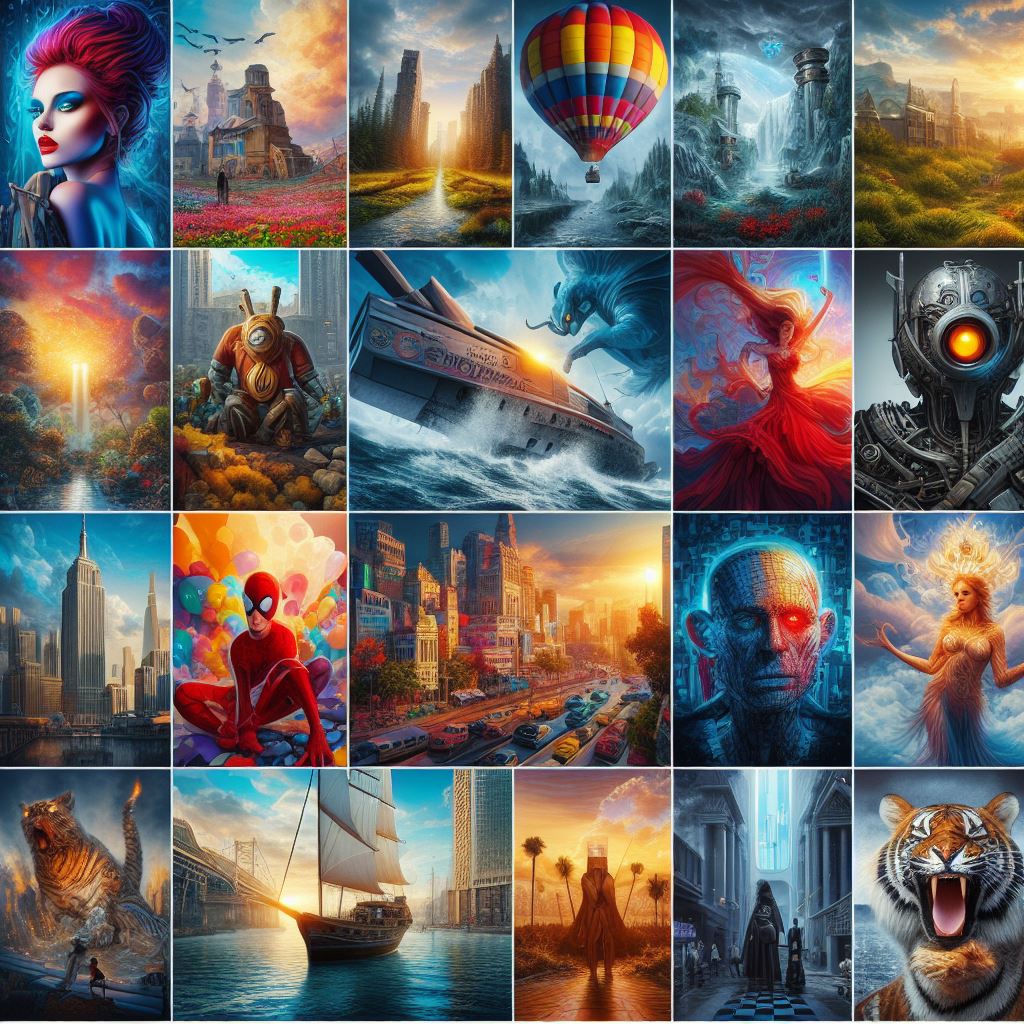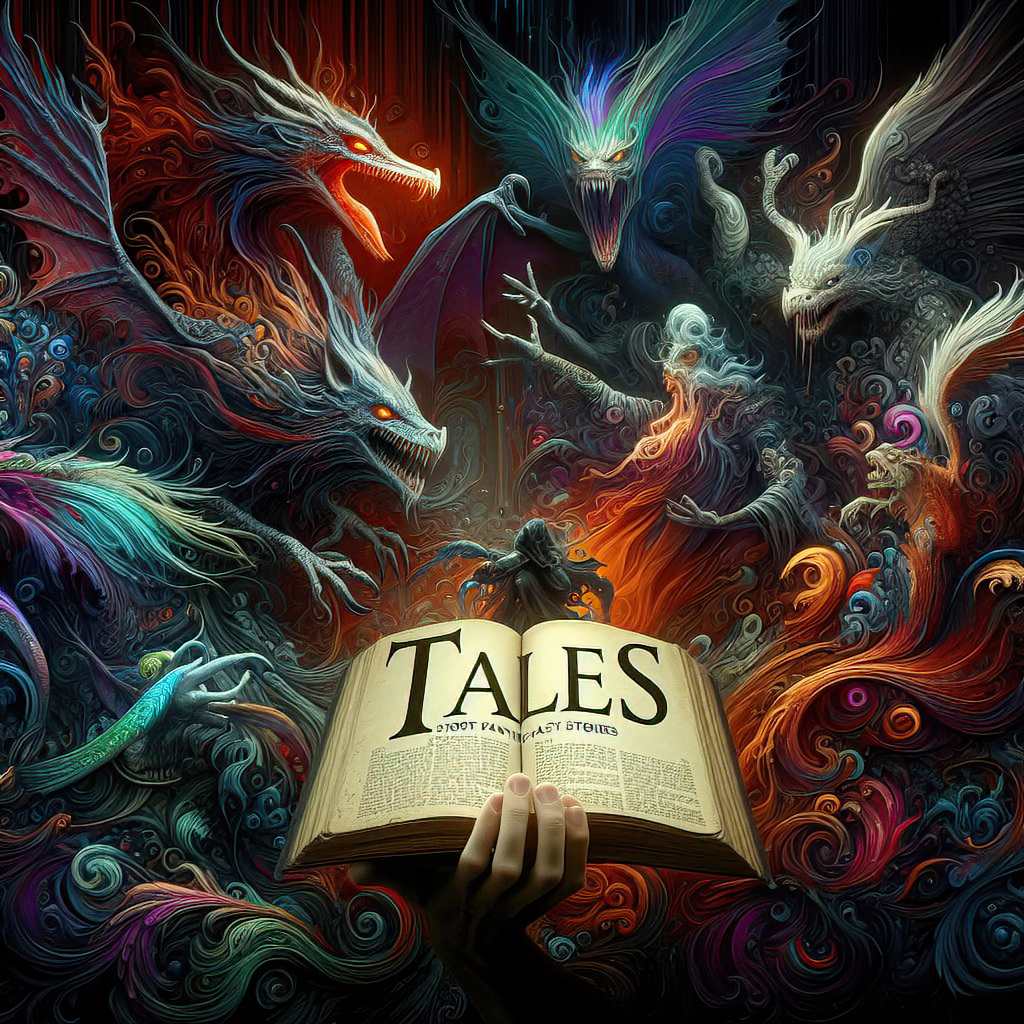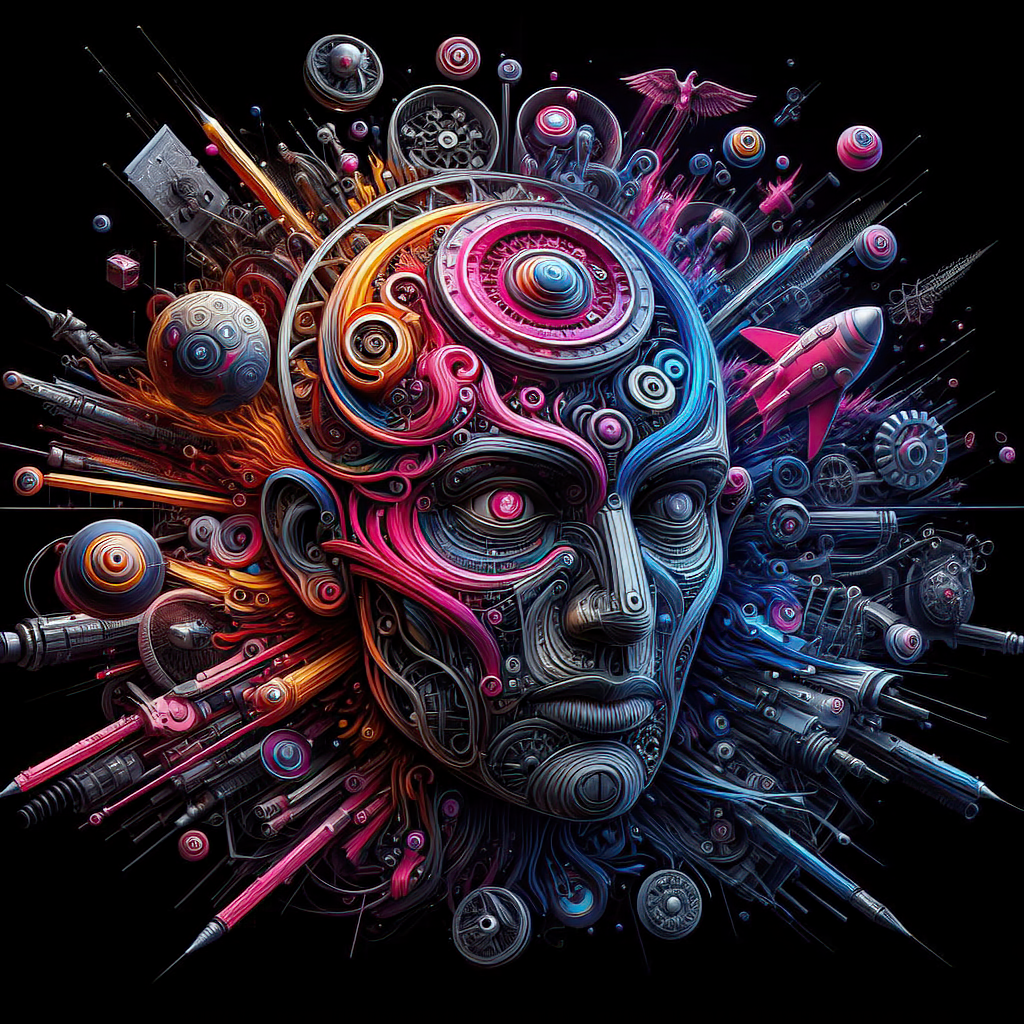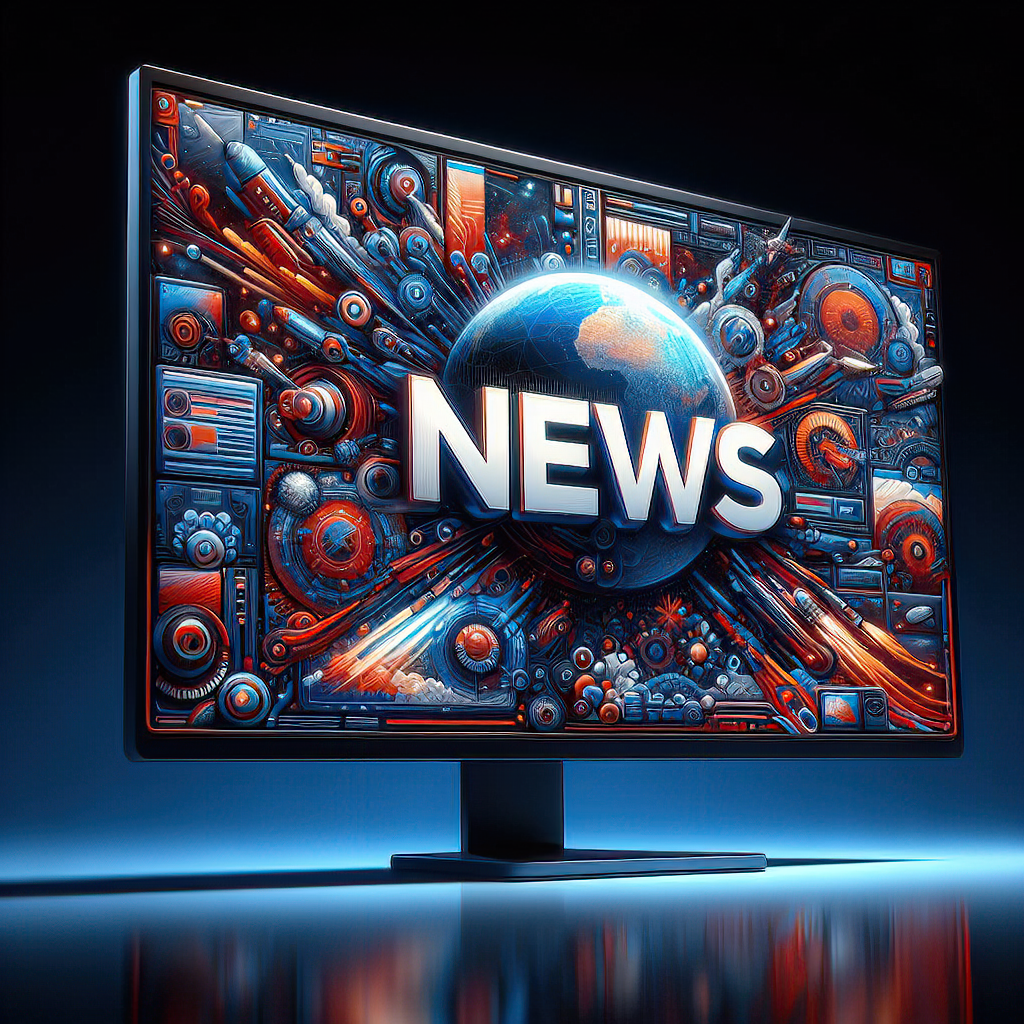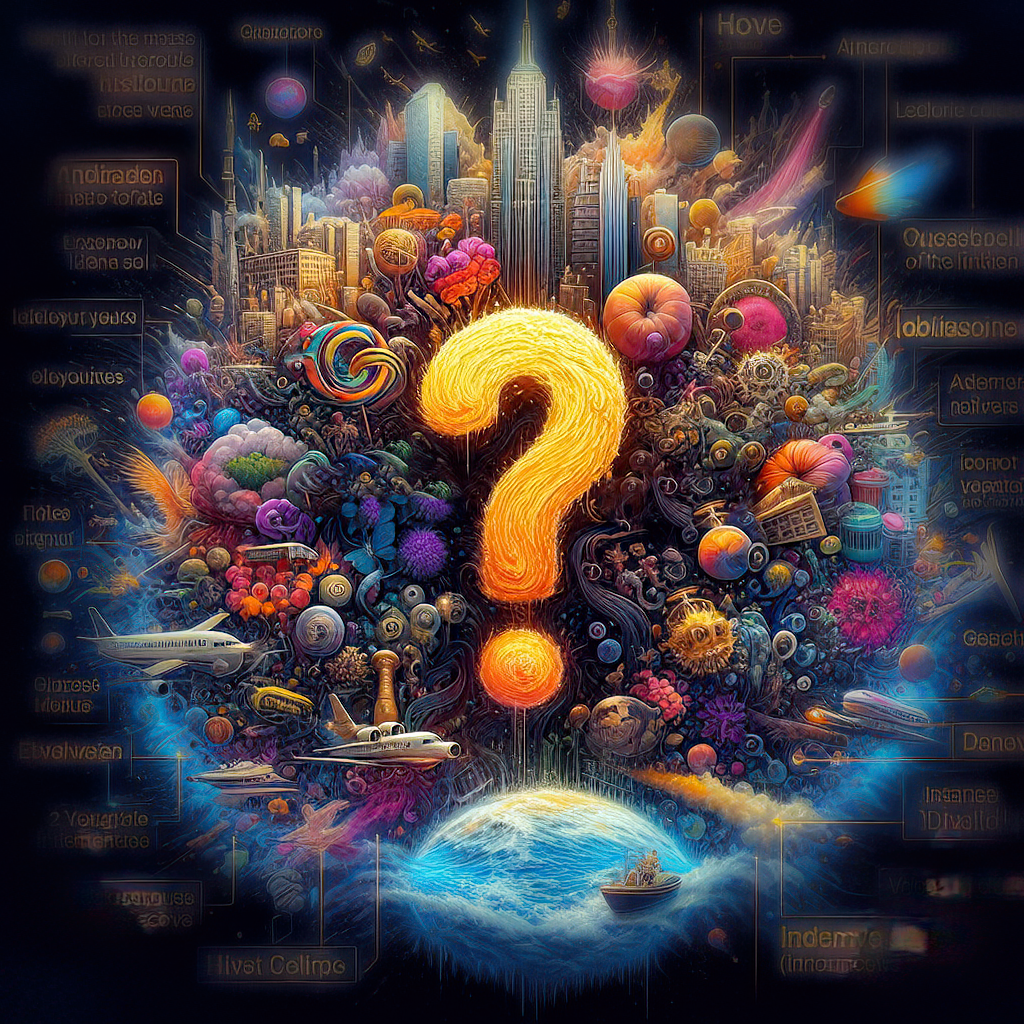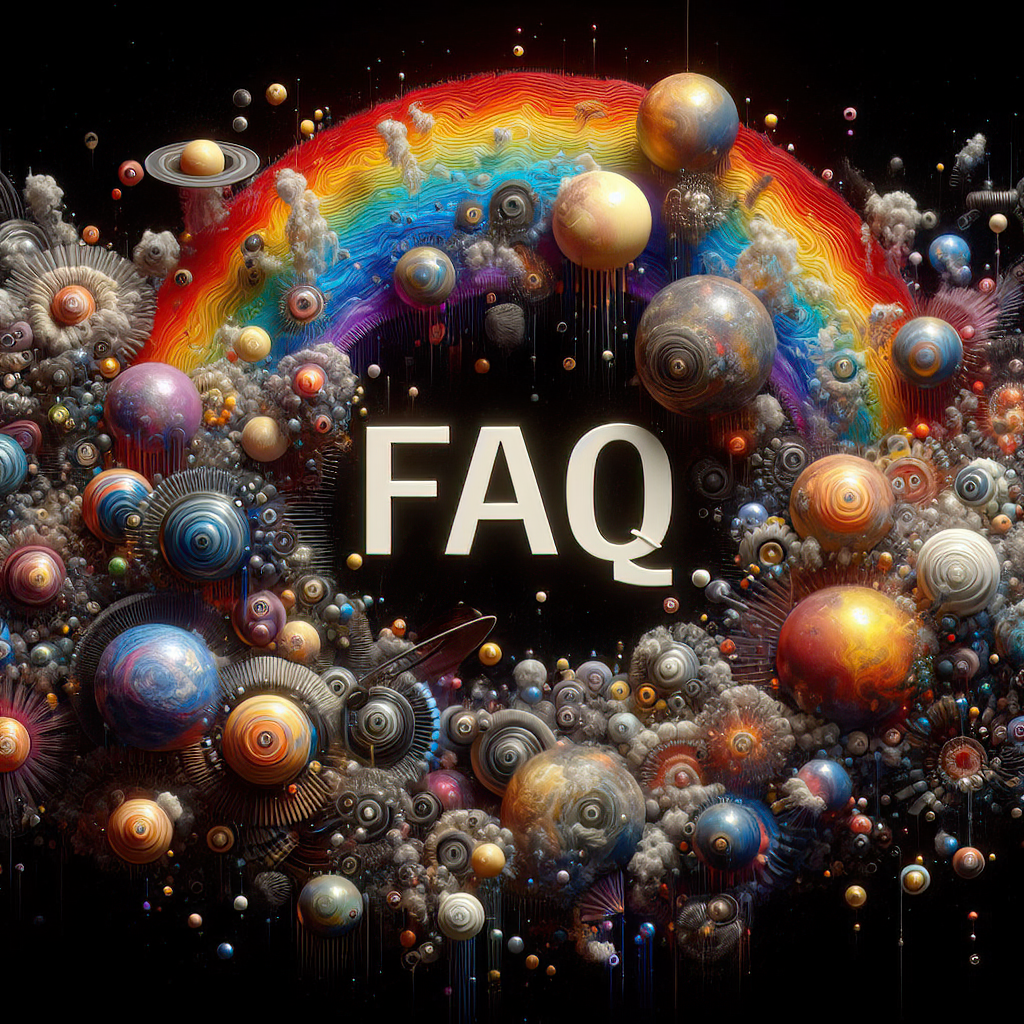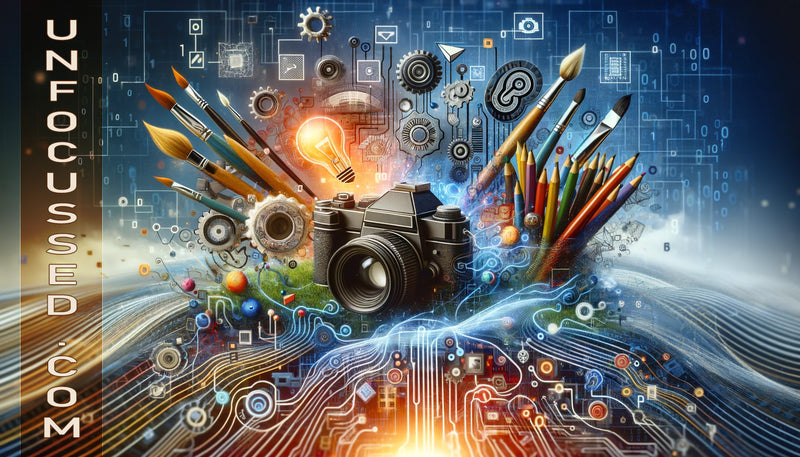
by Bill Tiepelman
Future Trends: The Evolution of AI in Creative Industries
Future Trends: The Evolution of AI in Creative Industries Welcome to the forefront of innovation where creativity meets artificial intelligence. The evolving landscape of AI is reshaping the realms of photography, design, writing, and beyond. As we delve into future trends, we unveil how these changes may impact professionals and hobbyists in creative industries. The Dawn of AI in Photography In the realm of photography, AI is not just an add-on but is becoming a core component that is transcending traditional boundaries. This integration enables photographers, whether they are seasoned professionals or enthusiastic hobbyists, to capture and edit images with unprecedented precision and creativity. The evolving landscape of AI tools in cameras and editing software is opening doors to new possibilities, allowing artists to produce breathtaking visuals that were once beyond human imagination or required extensive post-processing skills.Future trends suggest even deeper integration of AI tools within photographic equipment and software. This is not limited to mere automation of tasks but extends to the enhancement of creative capabilities. Imagine cameras equipped with AI that can analyze scenes in real-time, suggesting optimal compositions, adjusting lighting settings, or even predicting moments to capture for dynamic events. This level of support empowers photographers to focus more on their creative vision rather than technical constraints.Furthermore, editing software powered by AI is revolutionizing the post-processing workflow. Enhanced algorithms for image recognition and editing are not just about efficiency; they're about expanding the artistic palette. Techniques such as object removal, which once required meticulous manual work, are becoming one-click actions. Style transfer, color grading, and even complex compositing are being simplified through intuitive interfaces that leverage AI, making these advanced techniques more accessible to a broader audience.Moreover, AI is facilitating personalized editing experiences by learning from individual preferences and styles, suggesting edits that align with the photographer's unique creative voice. This personalization extends the creative process, making it more intuitive and reflective of the photographer's artistic intent.However, this transformation also brings a democratization of high-level creative tools. What was once the domain of experts is now accessible to all, leveling the playing field and encouraging a new wave of creativity and exploration in photography. This shift is not just changing how we create and interact with images but also reshaping our understanding of what is possible in the realm of photography.As we look to the future, the synergy between AI and photography promises to unleash new creative potentials, enabling us to capture and share our vision of the world in ways we've yet to imagine. The journey of AI in photography is just beginning, and its evolution will continue to inspire and challenge our perceptions of art and reality. Revolutionizing Design with AI Design disciplines are witnessing a transformative shift with the advent of AI. From automated layouts to intricate pattern generations, AI is becoming an essential tool for designers. Upcoming trends hint at more intuitive interfaces, predictive design functionalities, and collaborative AI systems that will redefine the creative process. These tools not only speed up the design process but also offer new possibilities in personalization and efficiency, enabling designers to push the boundaries of their creativity. Transforming the World of Writing The art of writing is not immune to AI's touch. Emerging trends showcase AI's growing capability in generating content, assisting with research, and refining language. Future advancements may lead to more nuanced and context-aware writing aids, transforming how stories, articles, and texts are crafted. AI-driven tools are also democratizing writing, enabling users with varying levels of skill to articulate their thoughts clearly and creatively. Implications for Creative Professionals and Hobbyists The integration of AI in creative domains holds both challenges and opportunities. Professionals must adapt to new tools and methodologies, while hobbyists gain access to previously unattainable resources. The key to thriving in this new era is to embrace change, continue learning, and merge traditional techniques with new AI-driven approaches. By doing so, creatives can harness the full potential of AI to enhance their work and reach new heights of innovation. The fusion of AI with creative industries is just beginning. As technology evolves, so too will the ways in which we express and interpret art, design, and literature. By staying informed and adaptable, we can look forward to a future where AI and creativity coexist in harmony, unlocking new horizons for innovation and expression. The journey ahead is exciting, and the possibilities are limitless.
